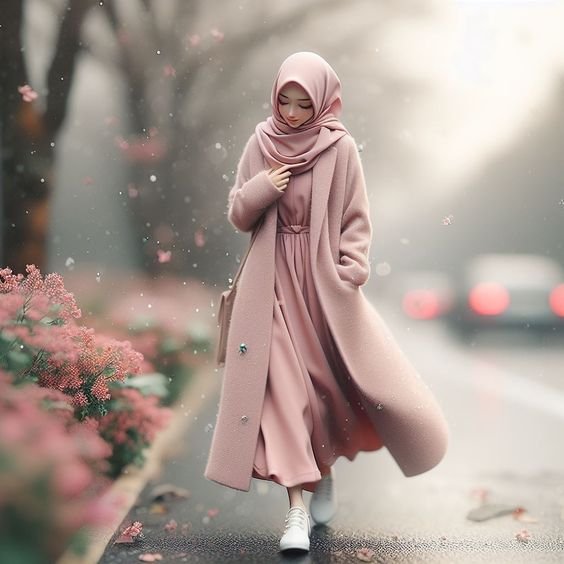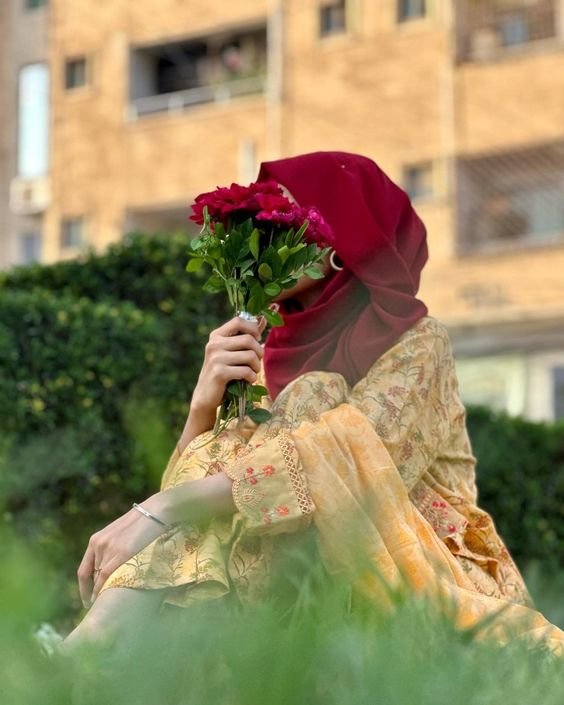Aesthetic Images
Aesthetic images are carefully designed to be visually pleasing and to evoke feelings of beauty or emotional depth. They carefully follow the principles of composition to ensure the harmony of the elements within the frame. Color harmony plays an important role as complementary colors increase visual appeal and set certain moods. It is very important to maintain balance; It is important to distribute visual weight evenly to create a feeling of stability and organization.
Whether it’s serene landscapes, captivating portraits or abstract designs, the subject matter in aesthetic images is chosen according to the viewer’s taste and style. These images often embrace simplicity and use simple elements to enhance their impact and clarity. Attention to detail and quality ensures that each image is not only aesthetically pleasing, but also captivating and deeply meaningful. Ultimately, the goal is to create an immersive and inspiring visual experience by transforming aesthetic images into a powerful tool for artistic expression and personal communication.
Table of Contents
Define Aesthetics
The term “aesthetics” refers to principles related to the appreciation of beauty, especially in art. It involves sensory values known as sensory and taste judgments and is applied to fields as diverse as visual arts, music, literature, fashion and interior design.
Aesthetics is a branch of philosophy concerned with the nature of beauty, art, and pleasure, as well as the creation and appreciation of aesthetically pleasing objects and experiences. It explores questions such as what makes something beautiful, how we perceive and judge beauty, and the role of art and design in human experience. Aesthetics also studies the relationship between beauty and other aspects of human life, such as ethics, culture, and emotions.
Key Aspects:
Beauty : Aesthetics images, explores the concept of beauty by analyzing the qualities that make something visually or experientially pleasing. It examines how form, symmetry, balance, and emotion contribute to our perception of beauty. Aestheticians explore cultural influences, personal preferences, and universal principles to understand what is considered beautiful. This research encompasses art, design, nature, and the built environment and involves a wide range of aesthetic experiences. Ultimately, aesthetics seeks to reveal the complexity of beauty and its importance in human perception and expression.
Art : Aesthetics investigates the nature of art, its purpose, various forms, evolving styles and creative methods used in artistic production. Explores how art conveys ideas, emotions and experiences, and reflects and shapes cultural values and beliefs. Aestheticians analyze the historical, social, and philosophical contexts that influence artistic expression and interpretation. This research spans the visual arts, literature, music, theater and other creative fields and fosters a deeper understanding of the role of art in human life. Ultimately, aesthetics seeks to reveal the essence of art and its importance in enriching our aesthetic and intellectual experiences.
Highlights Of The Day
Taste : Aesthetics explores individual and group preferences for aesthetic qualities, taking into account cultural influences, personal experiences, and social norms. It explores how these factors shape our perception of beauty, art and design and lead to different aesthetic sensibilities. Aestheticians analyze how different cultures and historical periods interpret and appreciate aesthetic phenomena. This research on aesthetic preferences also includes an examination of the psychology and sociology of aesthetic experience. Ultimately, aesthetics aims to understand the complex interplay between factors that influence our aesthetic judgments and tastes.
Philosophy : Aesthetics is a philosophical study of the enjoyment of beauty, art, and aesthetic pleasure, addressing fundamental questions regarding perception, representation, and human existence. It explores how we perceive and interpret beauty, the role of art in shaping our understanding of the world, and how aesthetic experiences reflect aspects of the human condition. Aestheticians study artistic expression, symbolism, and the philosophical implications of the relationship between form and meaning. This research enriches our understanding of the complexity of human perception and experience by expanding the debate about the subjective nature of creativity, imagination, and aesthetic images judgments.
Design : Aesthetics are crucial in design, combining the principles of form, function, harmony and expression to create engaging objects, spaces and experiences. Designers use aesthetic considerations to enhance ease of use, evoke emotions, and convey messages effectively. Aesthetics in design involves balancing visual appeal with practicality, ensuring that form follows function, while also stimulating users’ senses and emotions. This approach extends from product design to architecture, graphic design, and user interface design, to the way we interact with our environment and technology.
Emotion : Aesthetics explores the emotional impact of aesthetic experiences by examining how art, beauty, and design evoke feelings of pleasure, admiration, inspiration, or contemplation. It examines how sensory stimuli and cognitive processes contribute to emotional responses by examining the psychological and physiological aspects of aesthetic perception. Aesthetic experiences often evoke a variety of emotions in our lives and cultural experiences, from joy and awe to contemplation and transcendence. Aestheticians explore the relationship between aesthetics, emotions, and well-being, recognizing the profound effects of aesthetics on human emotions and behavior. This research expands the understanding of how aesthetics can contribute to emotional expression, communication and personal transformation.
Criticism :Aesthetics includes critical analysis and evaluation of artistic and aesthetic phenomena. He participates in discussions about its nature, meaning, symbolism and cultural significance. Examines the craft, innovation and conceptual depth of works of art, considering their impact and contribution to the wider cultural landscape. Aesthetic criticism explores the interpretive framework through which we understand and appreciate art by examining how context, historical context, and social values shape our interpretations.Aesthetics involves the critical analysis and evaluation of artistic and aesthetic phenomena. It engages in debates about its nature, meaning, symbolism, and cultural significance. Examines the craft, innovation and conceptual depth of works of art, considering their impact and contribution to the broader cultural landscape. Aesthetic criticism explores the interpretive framework through which we understand and appreciate art by examining how context, historical context, and social values shape our interpretations.
Creating Aesthetic: Image:Step- By-Step Guide
Define Your Theme
Decide on the mood or subject of your photo. Whether it’s a cozy vibe, a bold statement, or something whimsical, clarity in your theme guides your choices of fabric, color, and overall style. Let your artwork show your unique personality and aesthetic.
Plan Your Composition
Consider elements that will enhance your look, such as backdrops, accessories, and costumes. Make sure everything matches your chosen aesthetic. Whether it is a serene landscape or a vibrant cityscape, each component must contribute to the desired visual effect.
Lighting And Effects
Choose natural light for a beautiful effect. Arrange the elements for a balanced composition, following the rule of thirds for a dynamic look. Create harmony between all elements to enhance the aesthetic appeal of your character.
Edit With Care
Enhance your photo with editing, but keep the natural look. Fine tune brightness, contrast and saturation. For a subtle yet distinctive look, carefully apply filters that complement your aesthetic.
Review And Refine
Step back and review your photo. Does it express the desired mood? Is it visually pleasing and fits your style? Make improvements as needed until you achieve the desired aesthetic vision.
Important Note
Creating aesthetic images is a deliberate process that begins with defining a subject or mood. This theme guides decisions regarding composition, color, and overall style, ensuring that the image reflects a unique personality and vision. Planning a composition involves considering elements such as backgrounds, accessories, and clothing that enhance the chosen subject matter and contribute to the overall aesthetic appearance. Paying attention to lighting, using natural light whenever possible, and arranging elements to achieve a balanced composition are essential steps.
Precision editing uses precise filters as well as adjustments to brightness, contrast, and saturation to enhance the image without distorting its natural appearance. Finally, reviewing and refining the image ensures that it fits the intended mood, is visually appealing, and accurately reflects the creator’s aesthetic vision.
Here Is solution of your all problems related to Social Media Marketing and Networking.Visit Website.

















